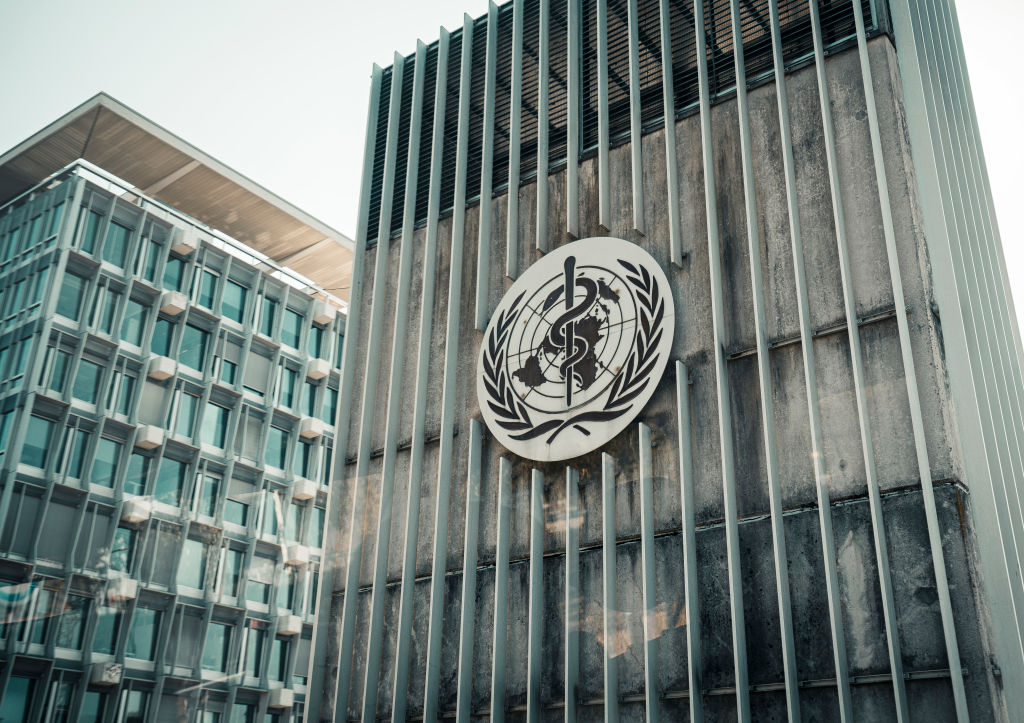Topline
An undiagnosed disease outbreak in southwest Congo causing flu-like symptoms has now infected more than 400 people since October, health officials said Sunday, and reportedly killed 143 people since October, disproportionately affecting children under the age of five—as health officials have struggled to address the disease in the remote Kwango province.
Key Facts
Between Oct. 24 and Dec. 5, the World Health Organization recorded 406 cases of the disease, which causes fever, headache, cough, running nose and body aches, particularly affecting children under the age of five and females, the WHO said Sunday.
Local officials said the disease has killed 143 people, Reuters reported Tuesday, much higher than the 31 deaths recorded by the WHO.
The most severe cases are among people who are severely malnourished, according to the WHO, which reports acute pneumonia, influenza, COVID-19, measles and malaria are considered potential causal factors.
The remote Panzi health zone, where the outbreak is located, takes 48 hours to reach by car from the Democratic Republic of Congo’s capital city of Kinshasa, hindering access to treatment and supplies, as well as diagnosis and response efforts, circumstances exacerbated by the rainy season, according to the WHO.
Loading...
Early diagnostics indicate it could be a respiratory disease, Africa Centers for Disease Control and Prevention Director-General Jean Kaseya told the Associated Press.
Crucial Quote
It’s “really important not to panic until we have more information,” University of California, Los Angeles epidemiologist Ann Rimoin told NBC News. “It could be anything . . . it could be influenza, it could be Ebola, it could be Marburg, it could be meningitis, it could be measles. At this point, we just really don’t know.”
Big Number
64%. That’s the share of cases among children under the age of 14, according to the WHO, which also reported 60% of cases are among females.
Key Background
Local officials and the WHO have deployed rapid response teams to the Panzi health zone to conduct surveillance, epidemiological analysis and strengthen healthcare access. Meanwhile, food insecurity has worsened in the Kwango province, increasing from a level 1, “acceptable” integrated food security phase classification in April to a crisis level 3 in September, the WHO reported. The disease appears to be transmissible as cases have been reported among family units. The WHO assesses a “high” risk level in the affected communities, but a moderate level nationally as the outbreak is localized within the Panzi health zone. The WHO has called for strengthened coordination at the national and local levels, including enhanced communication infrastructure as there is limited network coverage in the affected areas.
Further Reading
Unknown disease kills 143 in southwest Congo, local authorities say (Reuters)
A mystery illness has killed dozens of people in Congo. UN experts are now investigating (Associated Press)
Loading...
